Securely enable world-class teaching, learning and research
The information security framework provides a baseline developed by the community, for the community in consultation with subject matter experts to:
- Enable the mission of the University.
- Increase trust and reduce risk.
- Address regulatory and legal requirements the University must meet.
Learn more about the components that frame information security practices and support informed decision making at U of T below.

Information security standards
Information security standards set the baseline for protecting information and digital assets at U of T. Everyone plays a role in understanding and applying these standards. They support security policies by specifying what needs to be done to protect our information and digital assets.
